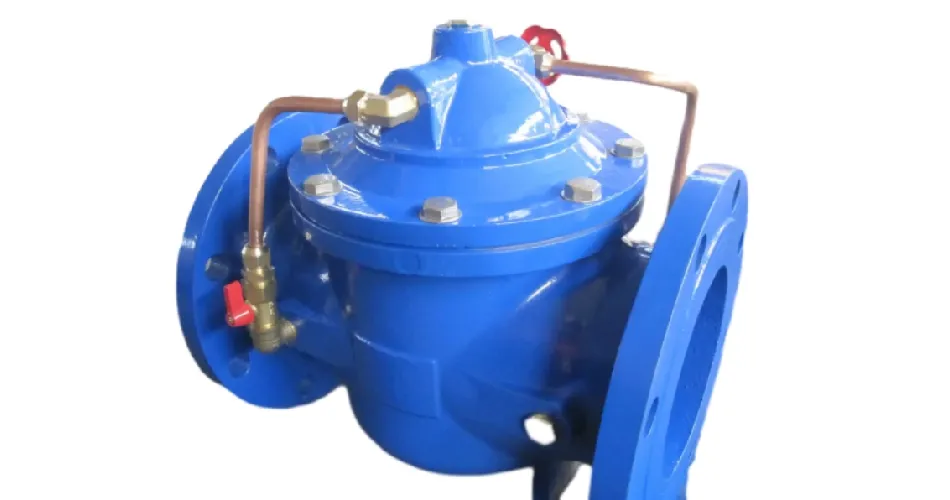Okt . 31, 2024 21:50 Back to list
Various Types of Ball Valves Used in Plumbing Systems and Their Applications
Types of Ball Valves in Plumbing
Ball valves are fundamental components in plumbing systems, widely used for regulating the flow of liquids and gases. They are favored for their durability, reliability, and simplicity of operation. Understanding the different types of ball valves available can help in choosing the right one for specific plumbing applications.
1. Standard Ball Valve
The standard ball valve is the most common type and consists of a hollow, perforated sphere (the ball) that rotates about an axis. This type features a simple open-and-close mechanism, making it straightforward to operate. Standard ball valves can be utilized in a variety of applications, including water supply, heating systems, and natural gas lines.
2. Trunnion Ball Valve
Trunnion ball valves are designed for high-pressure and high-temperature applications. Unlike standard ball valves, which use floating balls, trunnion ball valves have a ball that is fixed in place by support pins (trunnions) at the top and bottom. This design allows for greater stability and reduced wear during operation, making them suitable for large pipeline systems and industrial applications.
The floating ball valve design is characterized by a ball that is not fixed in place but instead “floats” between the seats. When the valve is closed, the pressure of the fluid pushes the ball against the seat, creating a tight seal. Floating ball valves are typically used for low to medium-pressure systems and are advantageous for their cost-effectiveness and ease of installation.
types of ball valves in plumbing

4. Full-Port Ball Valve
Full-port ball valves have a ball that is the same diameter as the pipeline, which allows for unobstructed flow. This design minimizes pressure drops and turbulence, making them ideal for applications where a maximum flow rate is critical. Full-port ball valves are commonly used in irrigation, fire protection systems, and various industrial processes.
5. Reduced-Port Ball Valve
On the other hand, reduced-port ball valves have a smaller diameter than the pipeline, which leads to some pressure loss. These valves are less expensive and can be effective in applications where flow is not a primary concern. They are often used in residential plumbing and heating applications.
6. Electric and Pneumatic Ball Valves
Electric and pneumatic ball valves automate the opening and closing process via electric or pneumatic actuators. These valves can significantly enhance the efficiency of a plumbing system, especially in industrial settings. They allow for remote operation and precise control over fluid flow, which can be crucial in processes requiring strict regulation.
Conclusion
In summary, ball valves are essential for managing fluid flow in plumbing systems. The choice between standard, trunnion, floating, full-port, reduced-port, electric, and pneumatic ball valves depends on specific system requirements, including pressure, temperature, and the nature of the fluid being controlled. Understanding these various types aids in making informed decisions that can enhance the efficiency and reliability of plumbing installations. Whether for residential or industrial use, selecting the right ball valve contributes to the overall performance of the plumbing system.
-
Why Metric Trapezoidal Thread is Ideal for Precision Motion ControlNewsAug.05,2025
-
The Unique Properties of a Block of Granite for Industrial UseNewsAug.05,2025
-
The Role of Flanged Y Strainers in Preventing Pipeline ClogsNewsAug.05,2025
-
The Importance of Regular Calibration for Master Ring GagesNewsAug.05,2025
-
How a Cast Iron Surface Table Enhances Accuracy in ManufacturingNewsAug.05,2025
-
Comparing Different Check Valve Types for Optimal Flow ControlNewsAug.05,2025
Related PRODUCTS









